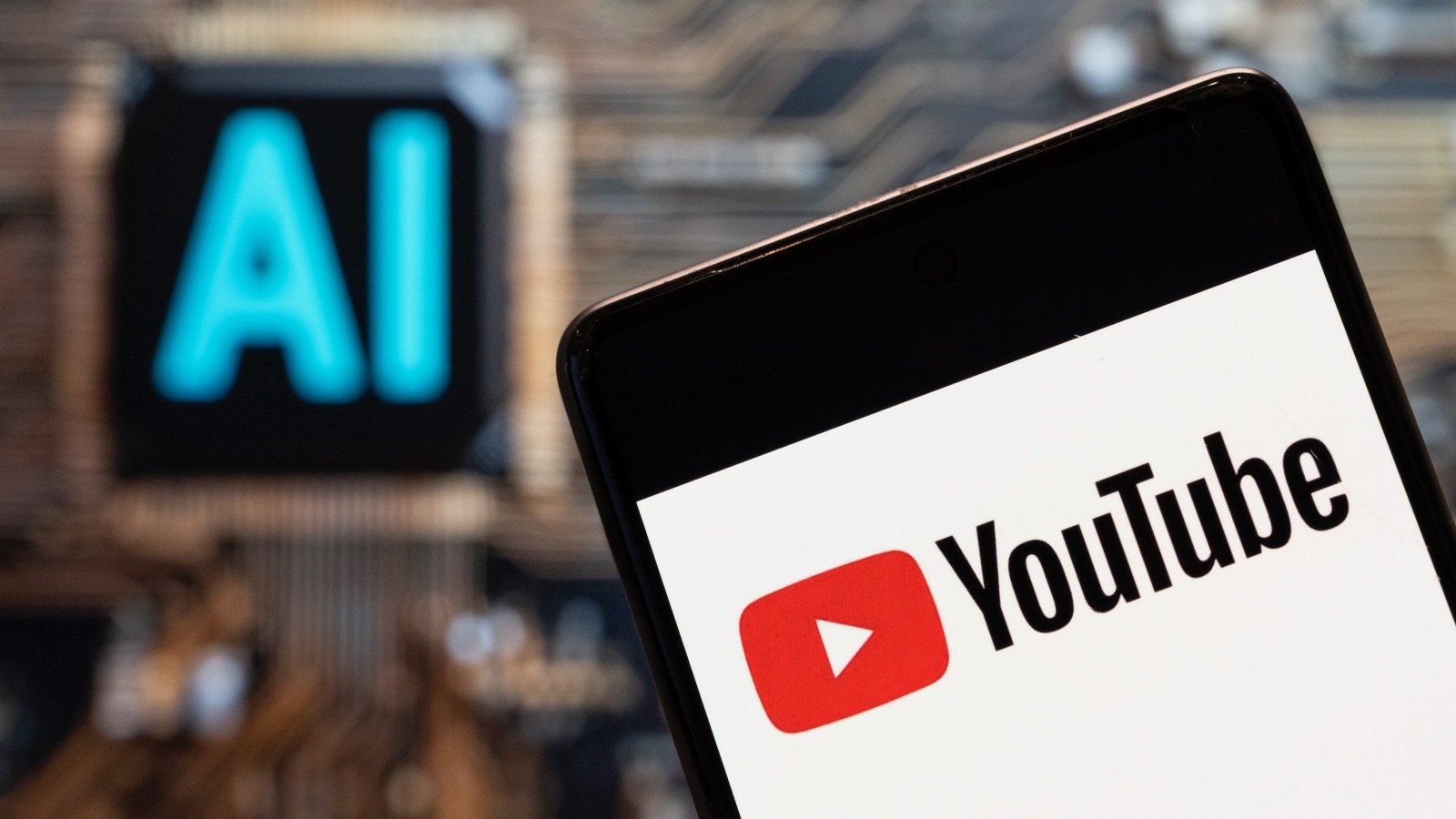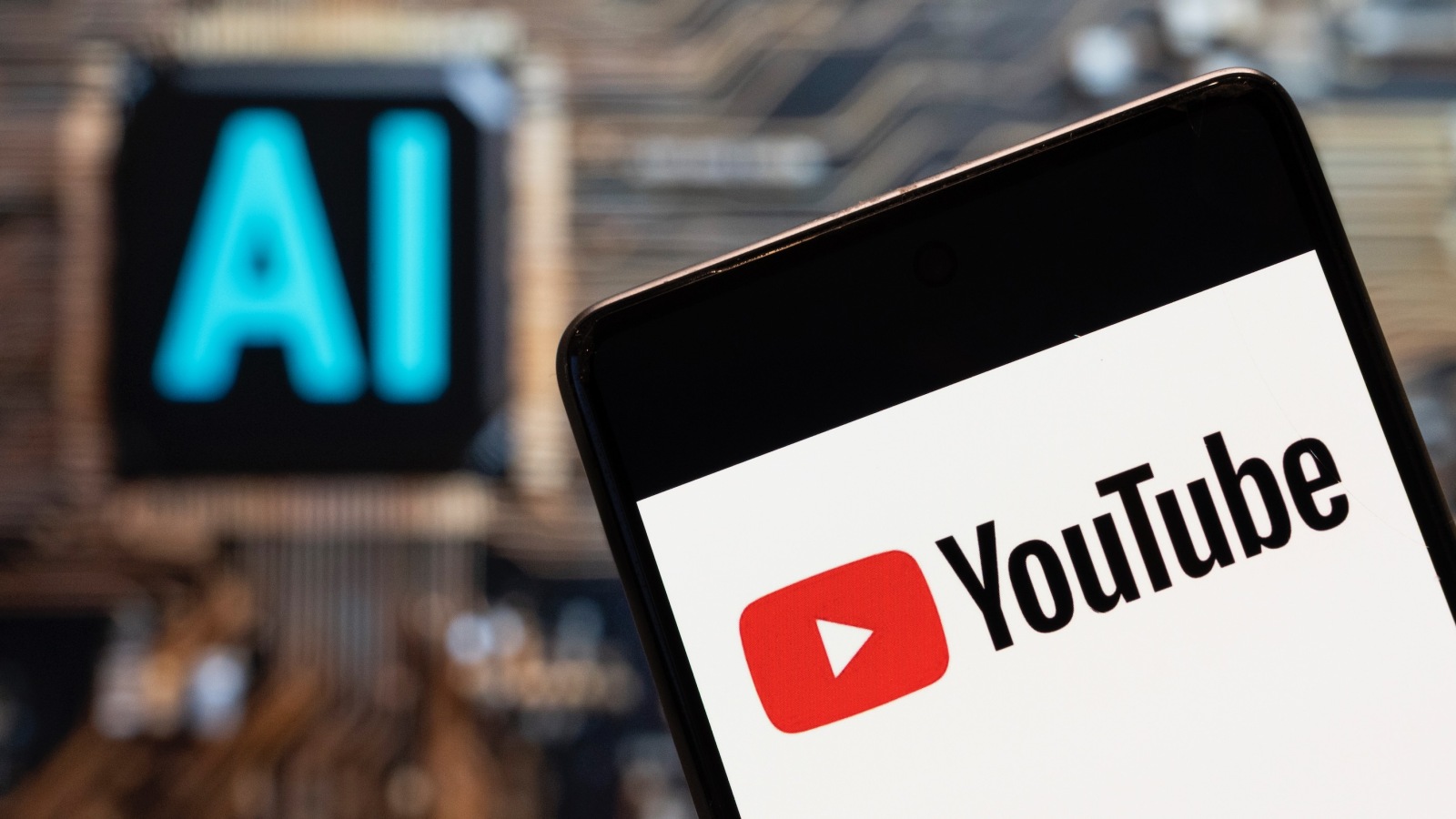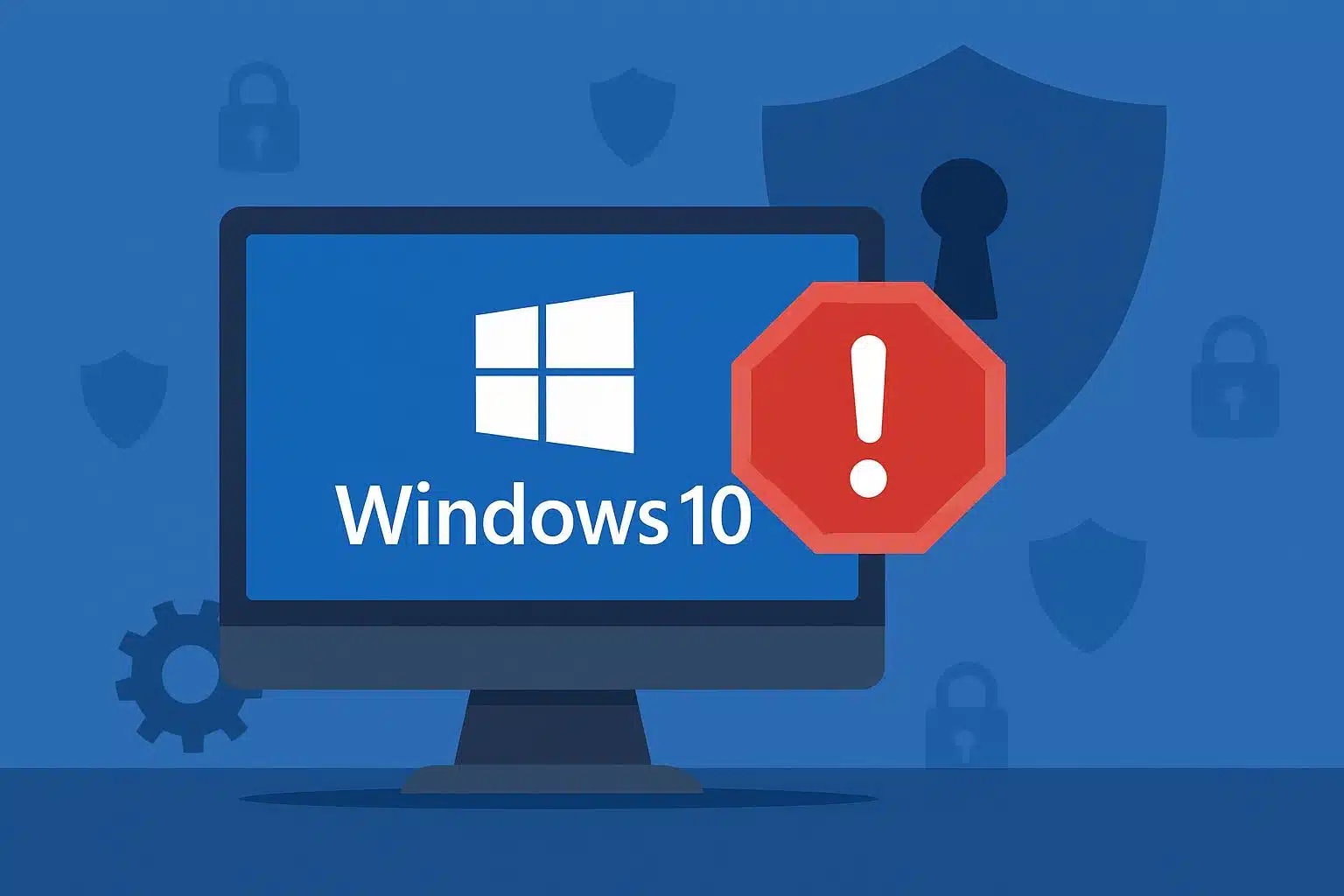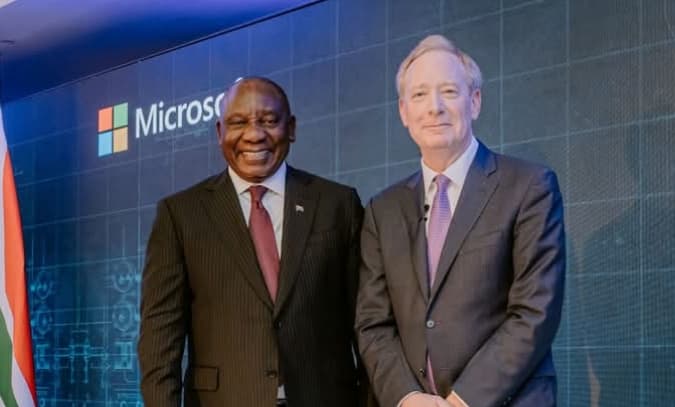YouTube is launching a new opt-in program called YouTube Labs, the company announced Thursday, which allows a small group of users to test experimental, AI-powered features ahead of launch.
Its inaugural testing focus is the company’s music app, which now features “AI music hosts” that are supposed to provide context and a bit of personality to your listening. It is only available to a subset of accounts in the U.S., and sign-ups are live now through the company’s experiments page.
What YouTube Labs Is Trying to Accomplish
Labs is meant as a testing kitchen for features that take advantage of generative AI breakthroughs and follows Google’s larger push on labs across product areas from Search to Gmail. Instead of waiting for full releases, certain users can preview tools, give feedback, and help shape what eventually gets shipped to a wider audience. In practice, it’s a rigorous way to iterate quickly while testing appetite and impact.
Prototype of AI Hosts in First Experiment for YouTube Music
The first Labs experiment features AI music hosts who deliver short bits of commentary, trivia, and artist background while you listen — think of it as a customized DJ. Think interludes explaining how two tracks are connected, a fun fact about a performer, or where the sample of a song came from. It’s a concept that will be familiar to anyone who has played around with Spotify’s AI DJ, but this version is baked right into YouTube’s music ecosystem.
While the company hasn’t cataloged all of these functions, the emphasis is on discovery and context: keeping you in listening mode thanks to timely, relevant narration that enhances rather than distracts from a stream of playlists. Listeners who flit between algorithmic mixes and artist radios, meanwhile, may find that added framing cuts down “skip fatigue” and nudges you toward deeper catalog cuts.
Why This Matters in the Ongoing Streaming Wars
These days personalization has been the site of war in music services, and AI-powered commentary is a layer above just getting good recommendations. Spotify popularized the idea by combining mass personalization with a synthetic host, allowing DJs into dozens of local markets in the process. YouTube’s move is an indication that it won’t yield on that narrative layer, especially in an app where official music, live performances, and user uploads all commingle.
There’s also a creator angle. It’s not the first time YouTube has worked with the music industry on AI — the company announced a Music AI Incubator alongside Universal Music Group, for example — and it has previously trialed tools like AI-generated chapters and content summaries. Contextual hosts might serve as another channel to bring artists and catalogs forward in a more intelligent manner, so long as sourcing is treated with care.

Who Can Join YouTube Labs, and What to Expect
Labs is currently open to a small number of U.S. users on an opt-in basis. Early access does not appear to be behind a paywall; however, availability depends on your account. If you’re selected, the AI hosts will show up in YouTube Music, and you can give feedback straight from the experience — an essential signal for optimizing voice, pacing, and even the quality of facts delivered between tracks.
Like any experiment, features might change, expand to more areas, or be retired based on what the team hears. In the past, YouTube has tested controlled pilots to validate technical performance as well as user sentiment prior to broader release.
How It Compares and What to Watch in Streaming
Competition is tight. Spotify’s DJ has demonstrated that short, personable commentary can keep people around for longer sessions and lead to discovery, even though the company shares surprisingly few public metrics. Apple Music has embraced human editorial and radio-style shows more; Amazon and Pandora have pursued voice-driven discovery differently. YouTube is leveraging its breadth — music videos and official tracks alongside live sessions and fan uploads — all in one place, which makes for a community upload of supplemental programming ideas.
Two things will decide whether this sticks. First is trust — facts must be accurate and sourced transparently. Second is taste — hosts shouldn’t sound like interlopers. YouTube is the most-used online platform in this country when U.S. teens are taken into account, according to the Pew Research Center, highlighting potential stakes for ensuring that personalization is done well. And industry snapshots from IFPI’s annual reports are overwhelmingly clear about the fact that video platforms are among the top places people go to listen to music around the world, so it’s high-impact ground for experimentation.







